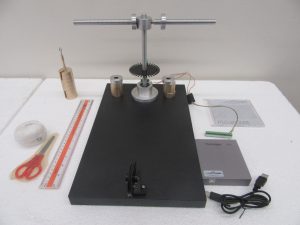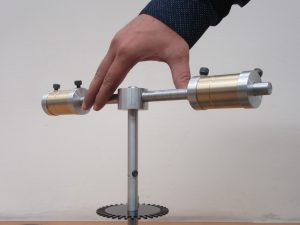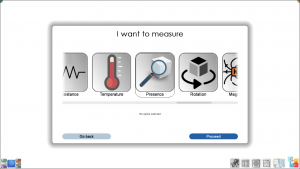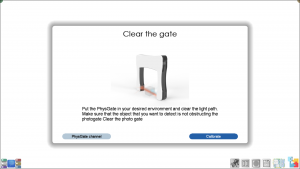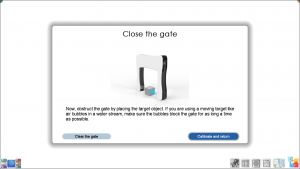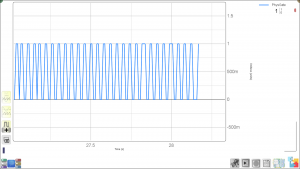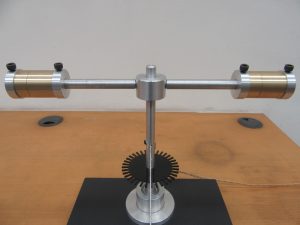| Student Manual | 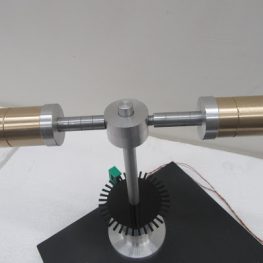 The purpose of this experiment is to get familiarized with rotational motion. We normally deal with linear motion in our introductory physics class. Rotational motion is only glossed over, leaving holes in our students' understanding. This simple experiment looks at how a torque produces angular acceleration. Moment of inertia determines how much an object can accelerate in response to a torque. Angular acceleration is the change in angular velocity in unit time. How could we measure these quantities? Finally, just as in linear motion, there is the ubiquitous friction which results in loss of energy. What factors determine the amount of friction? |
| Software Code | 1.25software-v2 |
| Sample Results | Solution set prepared by Wajahat and Dr. Sabieh, June 2024Decay of the angular velocity over timeFull analysis of the bouncing experimentHow energy loss changes with angular speedVariation of angular velocity with position of massesComparing angular velocities for different moments of inertia |
| Hardware Manual | Engineering drawing of the corrugated diskEngineering drawing of photogate disk – second versionDimensional drawing of the masses and shaft |
| Troubleshoot Guide | How to run the MATLAB code? |
| Experiment Code | 1.25 |
| Version | 2022-v1 |
Further Readings and References
No references found
Pictorial Procedure
- Rotate the shafts with the hand after configuring the Physlogger
- In PhysLogger Desktop App select Measure > Presence
- Select the channel to which your photogate is connected.
- When prompted, clear the gate by rotating the disc.
- When prompted, close the gate such that the beam path of the photogate is obstructed by rotating the disc.
- The Physlogger screen showing data from the photogate
- Attach weights with a thread tied to the axle
- Keep the masses furthest apart in this fashion for the bouncing experiment
